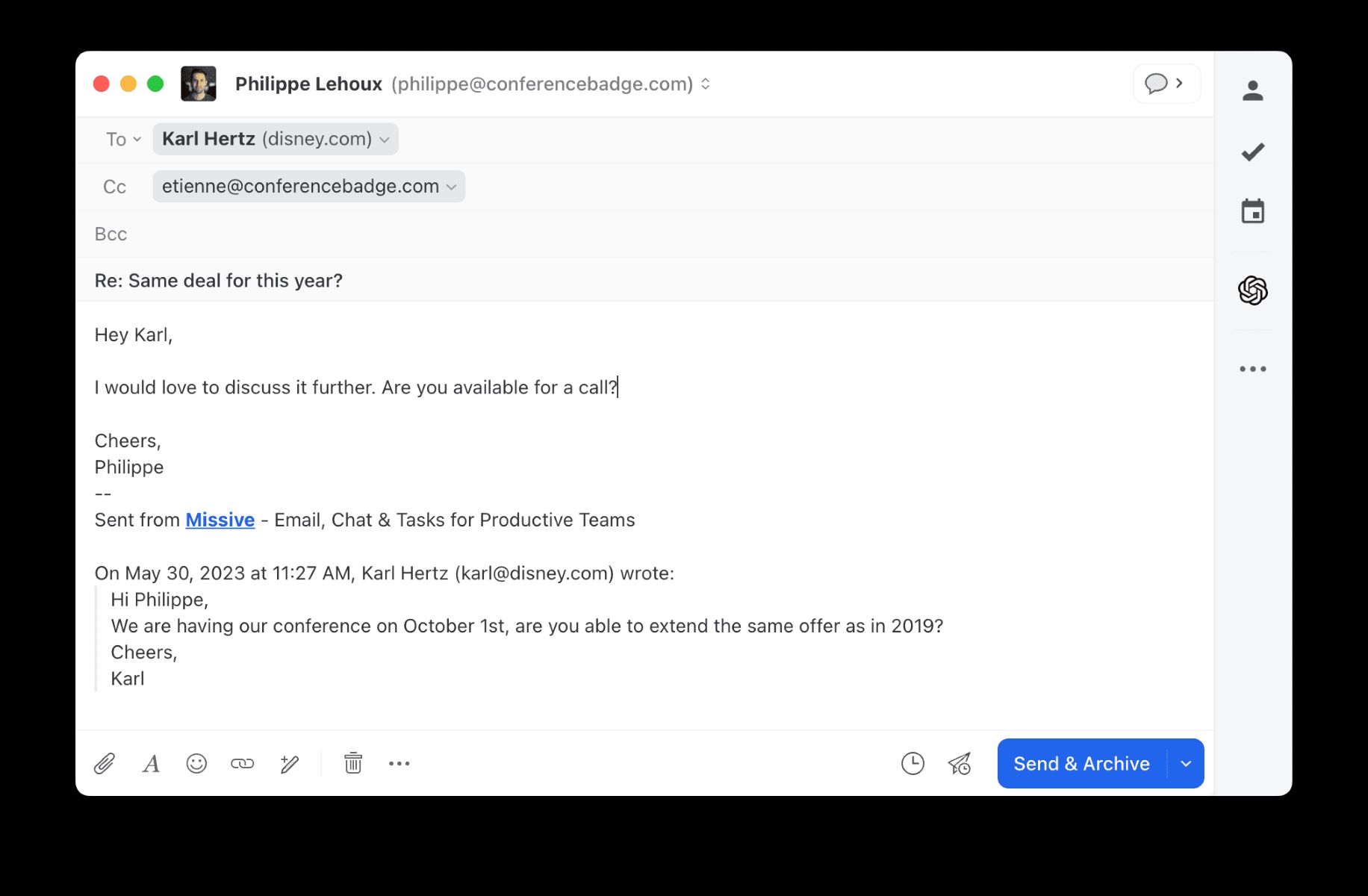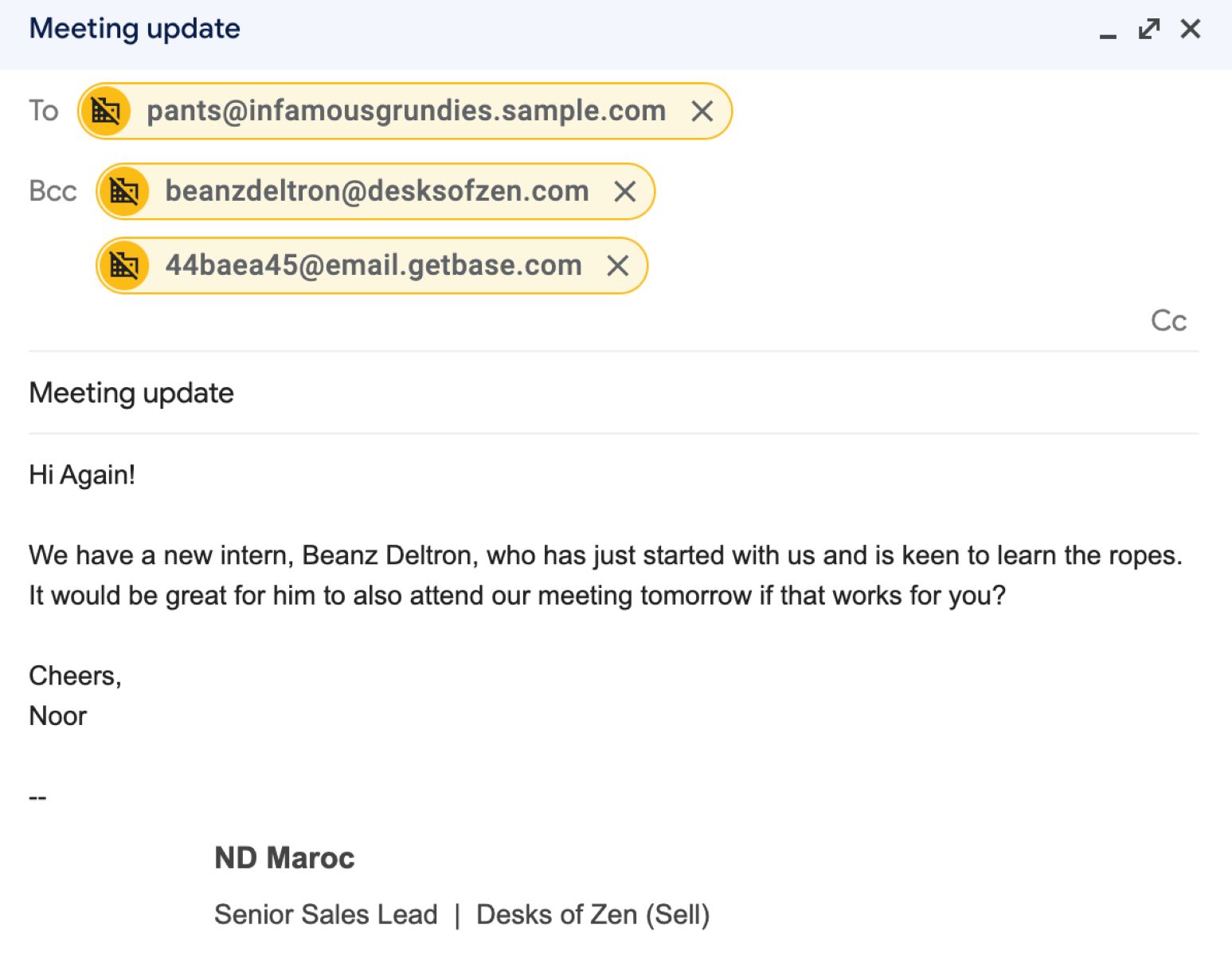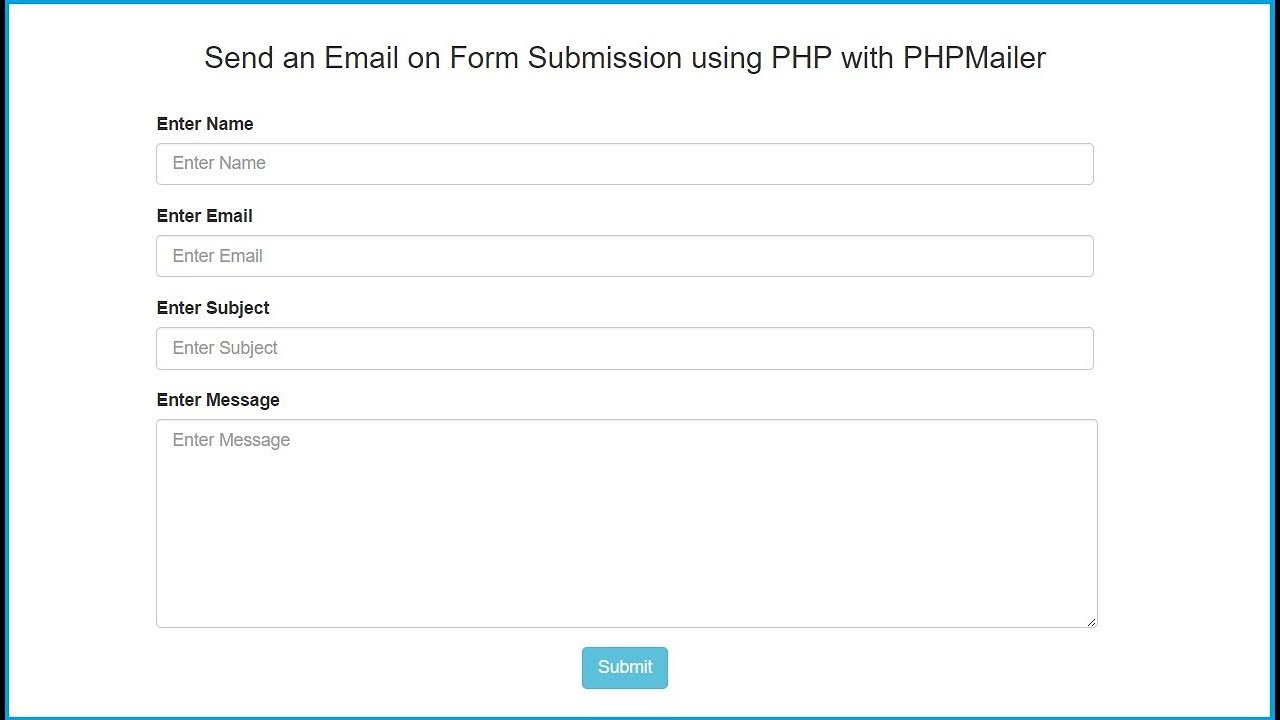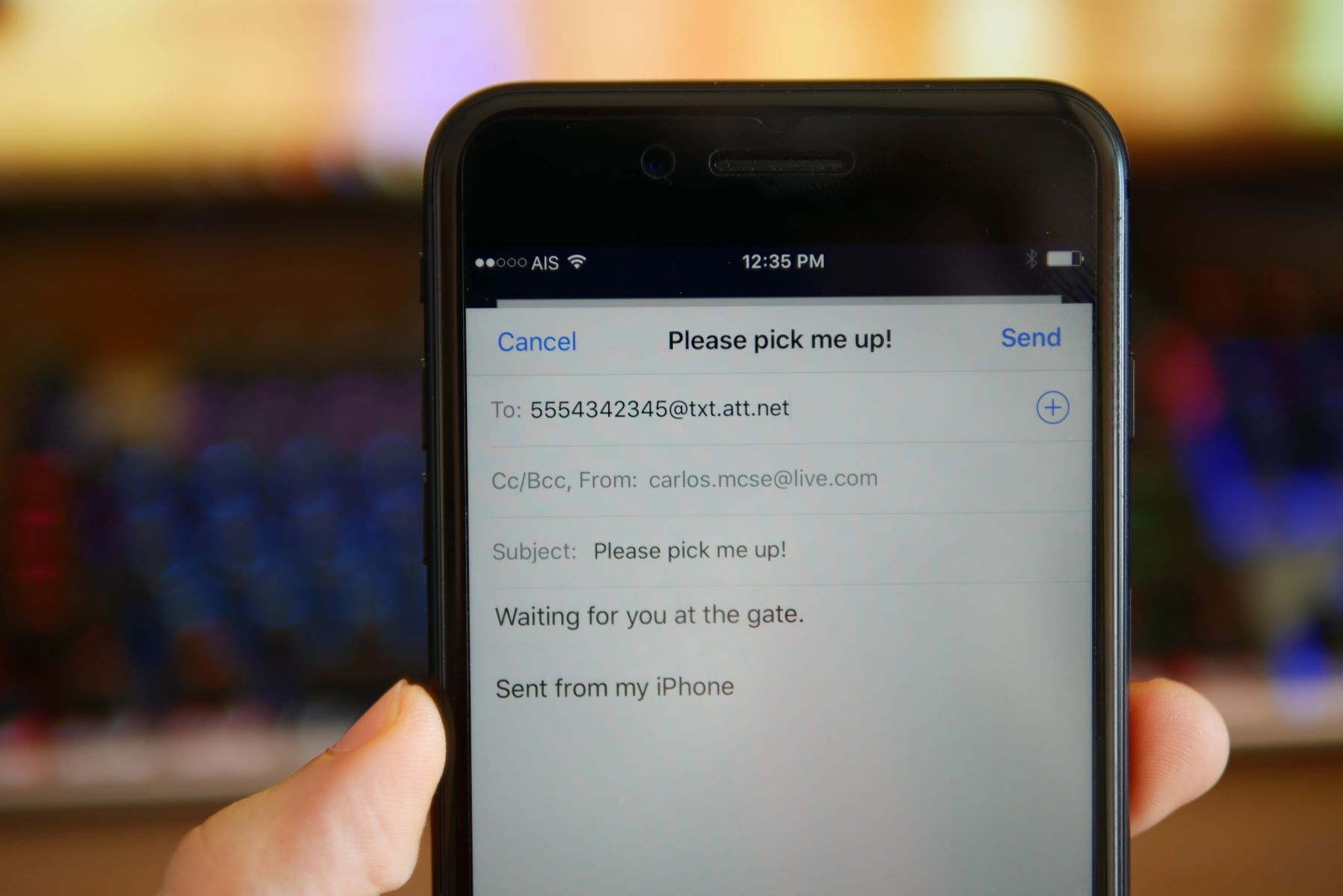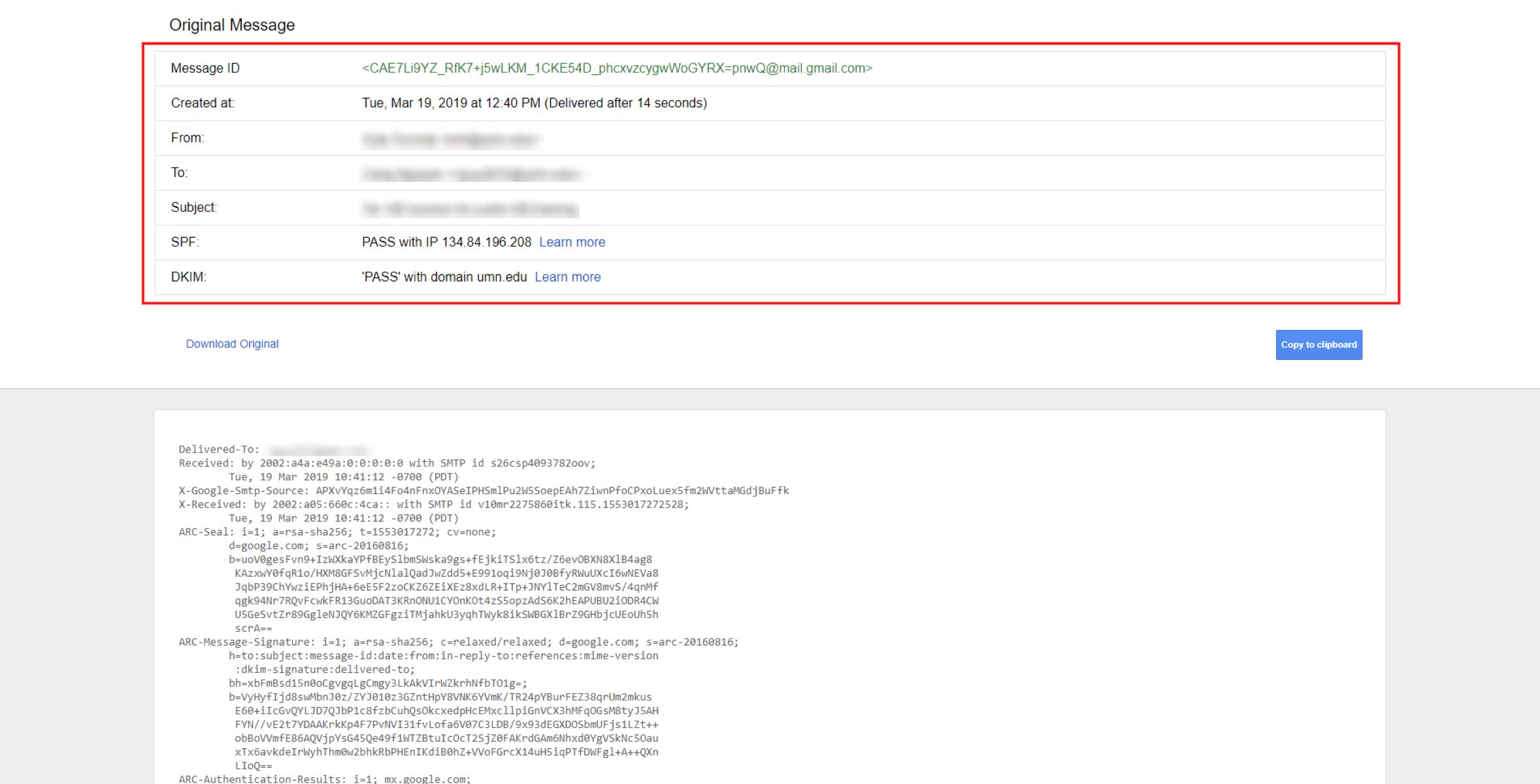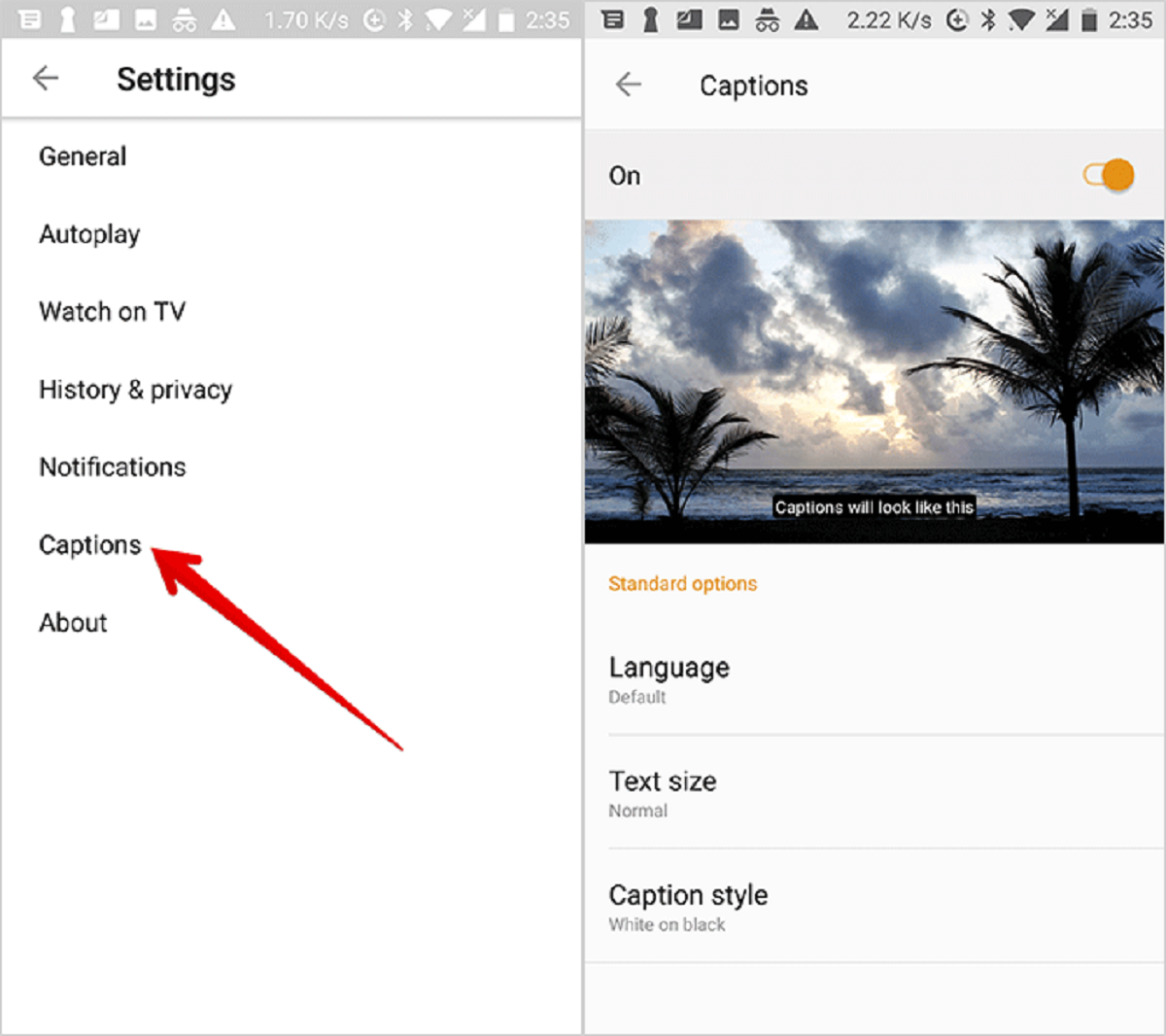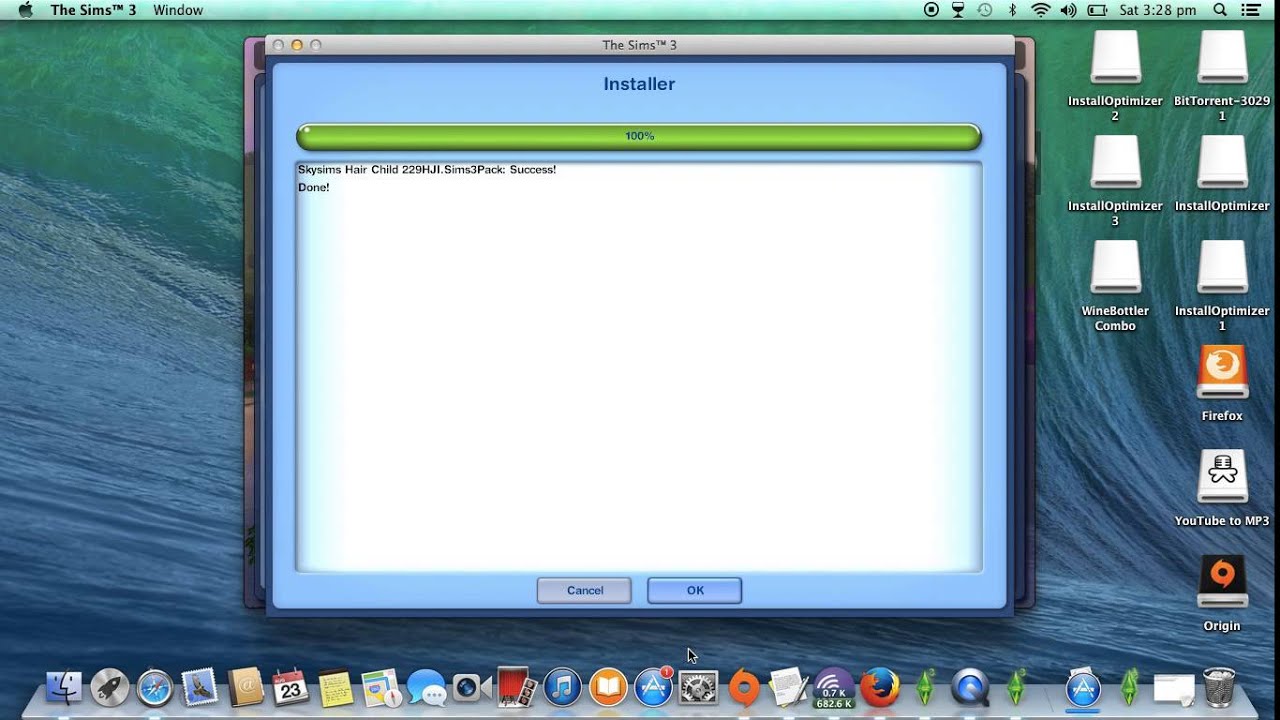Introduction
Email has become an indispensable tool in both personal and professional communication. Whether you are sending a quick message to a friend or an essential business proposal, email allows us to connect and share information instantly. However, as email has evolved, so have its features and functions. One such feature is the “CC” function, which is commonly used to include additional recipients on an email thread.
The “CC” in an email stands for “Carbon Copy.” Similar to the traditional method of carbon copying a physical document, the CC function enables you to send a copy of an email to someone other than the primary recipient(s). This function can be useful for various reasons, including keeping others informed, facilitating collaboration, or simply extending courtesy to relevant parties.
Understanding how the CC function works and when to use it can greatly impact the effectiveness and efficiency of your communication. In this article, we will explore the ins and outs of the CC function, its potential benefits and drawbacks, and provide best practices for using it effectively.
What does “CC” stand for?
The abbreviation “CC” in the context of email stands for “Carbon Copy.” The term originates from the traditional method of carbon copying, where a sheet of carbon paper was placed between two sheets of paper to create duplicate copies as you typed or wrote on the top sheet.
In the digital realm, the CC function serves the same purpose. When you include someone in the CC field of an email, it means you are sending them a copy of the email along with the primary recipient(s). The CC field is typically separate from the “To” field, which is where you enter the primary recipient(s) who are directly involved in the conversation.
For example, let’s say you need to send an email to your colleague, Alice, regarding an upcoming meeting. However, you also want to keep your supervisor, Bob, informed about the details. Instead of sending a separate email to Bob, you can simply add him in the CC field of your email to Alice. This way, Alice receives the email as the primary recipient, and Bob receives a copy of the same email as a carbon copy.
The CC function allows for more efficient and seamless communication, particularly in situations where multiple individuals need to stay updated on a particular conversation or project. It ensures that everyone involved is on the same page and can provide input or track the progress of the discussion without the need for separate emails or additional correspondence.
How does the CC function work?
The CC function operates by including additional recipients on an email thread. When composing an email, you can typically see fields such as “To,” “CC,” and “BCC” (Blind Carbon Copy). The “To” field is where you enter the primary recipient(s) who are directly involved in the conversation. The “CC” field allows you to include other individuals who should receive a copy of the email.
To use the CC function, you simply enter the email addresses of the intended recipients in the CC field. Depending on the email client or service you are using, you may need to click on a specific option or icon to reveal the CC field. Some email clients also allow you to add multiple email addresses by separating them with commas or clicking on a “Add CC” button to include more recipients.
When the email is sent, the primary recipient(s) in the “To” field will receive the email as usual. Simultaneously, all recipients listed in the CC field will receive an identical copy of the email. The primary recipient(s) and the CC recipients can see each other’s email addresses, fostering transparency in the communication.
It is important to note that recipients in the CC field are not expected to respond to or take action on the email. The primary purpose is to keep them informed or provide them with relevant information. If you require a response or action from a recipient, it is advisable to include them in the “To” field instead or in addition to the CC field.
Moreover, recipients in the CC field can see all subsequent replies and conversations related to the email thread. This allows for easier tracking and continuity of the conversation among all participants involved. It is worth mentioning that these subsequent responses will be visible to all recipients, including those in the CC field. If you need to maintain privacy or confidentiality, it is recommended to use the BCC (Blind Carbon Copy) field instead, which hides the recipients’ email addresses from each other.
Why would you use the CC function?
The CC function in email serves various purposes and can be utilized in different scenarios to enhance communication and collaboration. Here are some common reasons why you might use the CC function:
- Keeping others informed: When you want to keep individuals in the loop about a particular conversation or project, you can add them to the CC field. This allows them to receive updates and stay informed about the progress without directly participating in the discussion. It ensures that everyone involved has the necessary information to contribute effectively.
- Facilitating collaboration: If you are working on a team project, including team members in the CC field can promote collaboration and coordination. By keeping everyone informed of important updates and decisions, it enables seamless collaboration and ensures that all team members are on the same page.
- Extending courtesy: In certain situations, you may want to extend courtesy or provide relevant information to individuals who are not directly involved in the conversation but still need to be aware of it. For example, if you are sharing meeting minutes or progress reports with stakeholders or supervisors, adding them to the CC field ensures they receive the necessary information and can provide feedback or guidance if needed.
- Creating a paper trail: By including others in the CC field, you can create a digital paper trail of the conversation or correspondence. This can be useful for record-keeping, reference, or accountability purposes. Having a complete record of the communication allows for easy retrieval of information and helps maintain a transparent and traceable exchange of information.
- Sharing resources or documents: When sharing files, documents, or other resources, using the CC function can be beneficial. It ensures that all recipients have access to the shared materials and can refer back to them as needed. This eliminates the need for separate emails or requests for files and promotes efficiency in information sharing.
It is important to consider whether using the CC function is truly necessary in each case. Overusing or indiscriminately including recipients in the CC field can lead to email overload, confusion, and dilution of important information. Before using the CC function, think about whether each recipient truly needs to be included and whether their involvement will contribute to the overall communication and collaboration goals.
What are the potential drawbacks of using the CC function?
While the CC function in email can be a valuable communication tool, it also has potential drawbacks that should be considered. Here are some of the potential disadvantages of using the CC function:
- Email overload: Including too many recipients in the CC field can lead to email overload, with individuals receiving a large volume of messages that may not be directly relevant to them. This can decrease productivity and make it difficult to focus on important emails.
- Confusion or miscommunication: With multiple recipients receiving the same email, there is a higher chance of confusion or miscommunication. If a recipient misunderstands the email or if multiple recipients respond separately, it can lead to fragmented discussions and misunderstandings.
- Privacy concerns: When using the CC function, all recipients in the CC field can see each other’s email addresses. This can raise privacy concerns, especially when sensitive or confidential information is being shared. In such cases, it is best to use the BCC (Blind Carbon Copy) field to protect recipients’ email addresses.
- Reply all chain: In some cases, when a recipient hits “Reply All,” the response will be sent to all parties involved, including those in the CC field. This can result in an unnecessary email chain where recipients continue to receive notifications about conversations they may no longer need to be a part of.
- Loss of accountability: When multiple recipients are included in the CC field, it can be challenging to establish individual accountability for specific actions or responsibilities. This can lead to delays or confusion in workflow, as it may not be clear who is responsible for taking certain actions.
- Inefficient use of time: Reading and responding to emails that are not directly relevant to an individual’s role or responsibility can be a waste of time. Including unnecessary recipients in the CC field can result in individuals spending time reviewing and responding to emails that do not require their attention.
To mitigate these drawbacks, it is crucial to use the CC function judiciously and thoughtfully. Consider whether each recipient truly needs to be included, and whether their involvement will contribute to the overall communication and collaboration goals. Additionally, using clear and concise communication in your emails can help minimize confusion and misunderstandings among recipients.
Best practices for using the CC function
To make the most effective use of the CC function in email communication, it is important to follow these best practices:
- Consider the recipients: Before including someone in the CC field, carefully consider whether they truly need to be involved in the conversation. Including unnecessary recipients can lead to email overload and dilute important information. Only include those who are directly relevant to the discussion or who need to stay informed.
- Use BCC when necessary: When privacy or confidentiality is paramount, use the BCC (Blind Carbon Copy) field instead of CC. This hides recipients’ email addresses from each other, ensuring that sensitive information remains confidential.
- Be clear and concise: When composing your email, be clear and concise about the purpose of the message and why you are including certain recipients in the CC field. Providing a brief explanation can help recipients understand their role and involvement in the communication.
- Reply appropriately: When responding to an email with multiple recipients in the CC field, be mindful of who needs to receive your response. Consider whether your reply is relevant to everyone or if it is more appropriate to reply directly to the primary recipient(s) only.
- Avoid reply all chains: To prevent unnecessary email chains, think twice before hitting “Reply All.” Ensure that your response is relevant and adds value to all recipients. If not, reply only to the sender or the necessary individuals.
- Update recipient lists as needed: Throughout the course of a conversation or project, the need for specific recipients in the CC field may change. Regularly reassess and update the recipient list to ensure that everyone included is still relevant and necessary.
- Communicate directly when necessary: While the CC function is useful for keeping others informed, there may be instances where direct communication is more appropriate. If a particular recipient needs to take action or provide input, consider adding them to the “To” field instead of CC to ensure their direct involvement.
By following these best practices, you can optimize the use of the CC function, promoting effective communication, collaboration, and clarity in your email interactions.
Conclusion
The CC function in email provides a valuable tool for including additional recipients in a message and promoting collaboration and communication. By understanding how the CC function works and employing best practices, you can enhance efficiency and effectiveness in your email correspondence.
When using the CC function, it is important to consider the recipients carefully and include only those individuals who truly need to be involved in the conversation. Avoid email overload by minimizing the number of recipients and using the BCC field when privacy is a concern. Be clear and concise in your communication, providing a brief explanation of why specific recipients are included in the CC field.
Additionally, be mindful when replying to emails with multiple recipients. Consider whether your response is relevant to everyone or if it would be more appropriate to reply directly to the sender or relevant individuals. Avoid unnecessary email chains by using “Reply All” judiciously.
Regularly review the recipient list and update it as needed throughout the course of a discussion or project. This ensures that everyone included in the CC field remains relevant and necessary. In cases where direct communication or action is required from a recipient, consider including them in the “To” field rather than CC.
By following these best practices, you can make the most effective use of the CC function in your email communication. It enables you to keep others informed, foster collaboration, and maintain transparency without overwhelming recipients or causing confusion. Mastering the art of using the CC function can greatly enhance your email communication skills and improve your overall productivity.







